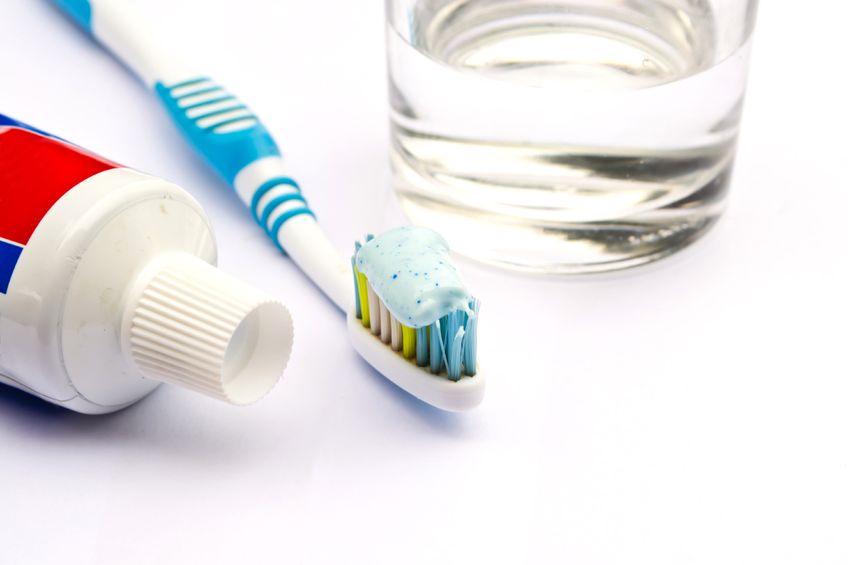Keeping our brilliance means practicing positivity routines daily, much like brushing our teeth daily ensures our teeth and gums are healthy. We wouldn’t think of passing a day without brushing our teeth. In the same way, I encourage you to not skip a day without practicing routines to keep the shine on your brilliance.
Below are three of the most powerful tools for keeping a shine to our brilliance.
1. Meditate and Pray. Spend time each day in meditation and prayer. Research is supporting the increase of gray matter in the brains of individuals practicing meditation and daily prayer. And according to an article published this January on the Collective Evolution website, “Scientists over at the HeartMath Institute have demonstrated that when a person is feeling really good and is full of positive emotions like love, gratitude, and appreciation, their heart beats out a different message. The message that’s encoded in its electromagnetic field, which in turn has positive health effects on their body overall and others who come in contact with them.”
2. Practice Gratefulness. Thank others genuinely! Your customers, your colleagues, your vendors, your family, and most importantly, the spiritual connection to your higher power. My favorite ritual that moves us into a place of positivity is writing a daily grateful list. One approach as outlined by Melodie Beatie in 40 Days to a Miracle is to write down your feelings. She suggests working with a partner and sharing your list with them daily. Describe your feelings and explanations to the experiences responsible for your feelings in the list. She recommends to do this, even and especially if you are not so grateful, for what took place that day.
3. Journal. Journaling is a proven method for capturing not only our great creative ideas, but for sorting out our thoughts and feelings as stated in number two. According to University of Texas at Austin psychologist and researcher James Pennebaker and s csited on Psych Central’s website post by Maud Purcell, LCSW, CEAP, “Journaling has multiple health benefits: “. . . journaling strengthens immune cells, called T-lymphocytes. Other research indicates that journaling decreases the symptoms of asthma and rheumatoid arthritis.” Pennebaker believes that writing about stressful events helps you come to terms with them, thus reducing the impact of these stressors on your physical health.” The article goes onto explain that “writing removes mental blocks and allows you to use all of your brainpower to better understand yourself, others and the world around you.” If you’re new to journaling, I suggest starting by simply writing down three things that went well that day and why each made the list and/or writing down your grateful list as outlined in step two above.
Over the past 15 years of coaching leaders in a variety of organizations one thing is common: people balk at the power of meditation, gratefulness, and journaling. They roll their eyes at the suggestion to usher each of these into their daily routine. They don’t believe that doing these practices will amount to any change. And when I lead conversations about gratefulness, I get the impression that saying thank you carries with it the caveat of that it’s only doled out if the recipient is worthy. It begs the question: Are you judgmental or rudimentary in your grateful practice? Being grateful at a deep emotional level is more profound than saying the cliché I am grateful for my home and the food on my plate.
I urge you to take a more serious approach to the necessity of ushering each of these suggestions into your daily routine for a powerful over-all change to the brilliance of you. I challenge you to pick one of these and practice it for eight weeks. After these weeks, access your mental well-being and honestly ask yourself if you notice a difference to in your attitude. I am curious to hear how it goes, so drop me a note sharing the results of your experiment or if you need additional encouragement along the way, feel free to give me a call!

